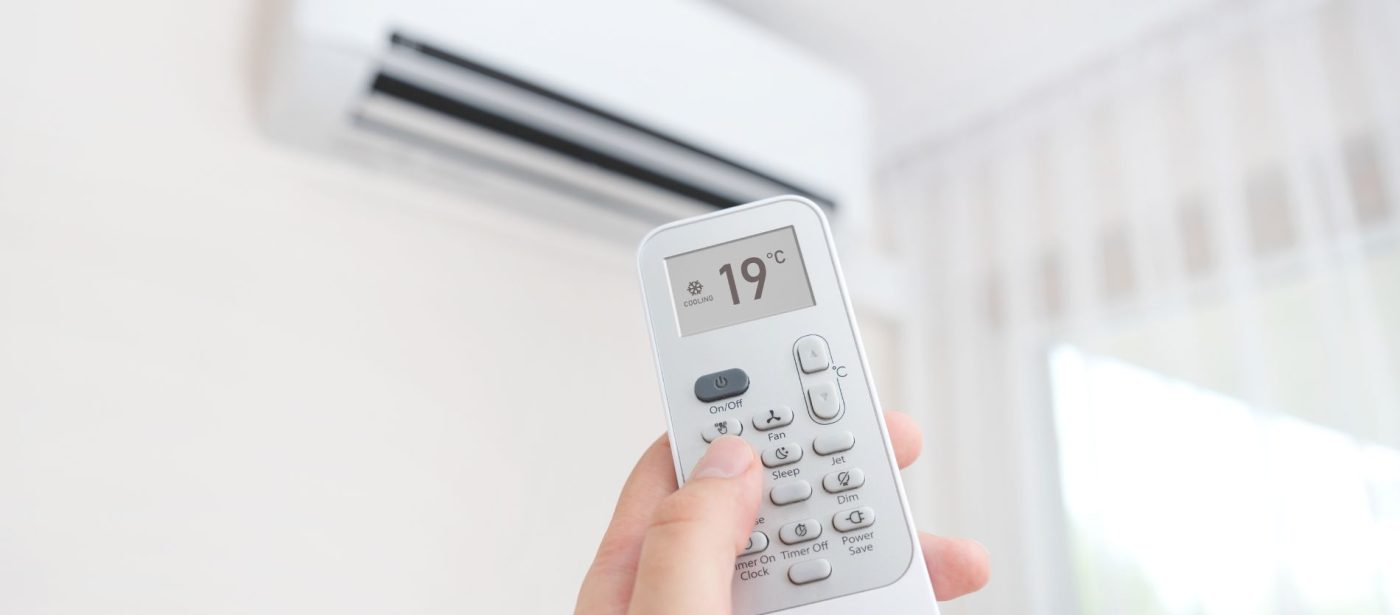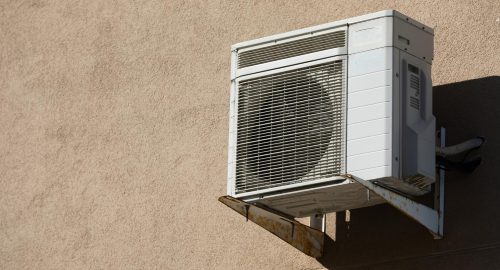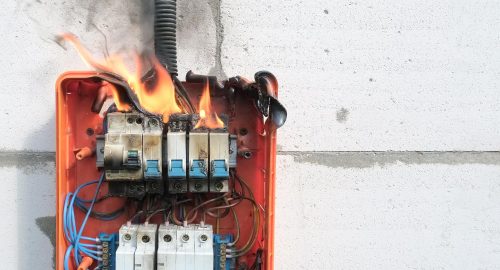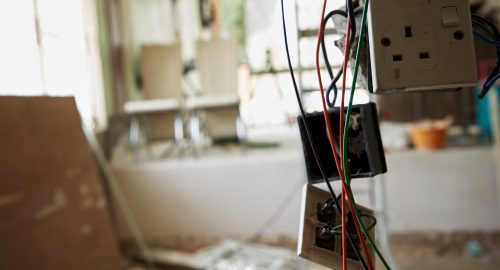A well-functioning air conditioning system is crucial to maintaining a comfortable and cool living environment during the hotter months. However, a noisy air conditioner can not only disrupt your daily life but could also be a sign of underlying issues that need to be addressed before they escalate into more significant problems. Identifying the causes of these noises and fixing them promptly will ensure the continued efficiency and longevity of your AC system.
Stafford Home Service will provide expert advice on identifying and resolving common sources of noisy air conditioners. From loose components and unbalanced fan blades to refrigerant leaks and compressor issues, we’ll dive into the potential causes of your AC noise and share practical solutions to rectify the problem. By addressing noise issues in a timely manner, you can maintain the optimal performance of your air conditioner and enjoy the cool, quiet comfort of your home all summer long.
Characteristics of Knob & Tube Wiring
Knob and tube wiring is a primitive electrical system that was widely used in homes built before 1950. This type of wiring is easily recognizable by its distinct features, which include:
- Porcelain knobs: These white or off-white cylindrical devices were used to support and route wires throughout walls, floors, and ceilings. The knobs were often nailed or screwed into wooden framing to provide a stable base for the wiring.
- Ceramic tubes: The tubes served as protective sleeves through which wires passed, preventing direct contact between wires and other surfaces. These tubes were necessary to maintain a safe distance from flammable materials such as wood framing and insulation.
- Unsheathed wires: Unlike modern wiring, which features a plastic sheath covering individual wires, knob, and tube wiring is characterized by ungrounded wires with an insulated cloth covering.
- Separate hot and neutral wires: In a knob and tube system, the hot and neutral wires were run separately, often several inches apart. This separation helped dissipate heat, reducing the risk of overheating and fire due to excessive electrical current.
Identifying Knob & Tube Wiring in Your Home
To determine if your home has knob and tube wiring, you can perform a visual inspection in accessible areas, such as basements, attics, or crawl spaces. Look for the distinctive porcelain knobs and ceramic tubes, as well as the cloth-covered wires running through them. Another indication of knob and tube wiring is the presence of two-prong outlets, as this type of wiring does not include a ground wire necessary for modern three-prong outlets.
However, it is important to note that the presence of some knob and tube components does not necessarily mean that your entire home is wired with this system. In some cases, previous homeowners or electricians may have replaced only parts of the original wiring with modern wiring techniques. To thoroughly assess your home’s wiring, consult a licensed electrician who can accurately evaluate your electrical system’s condition and safety.
Safety Concerns with Knob & Tube Wiring
While knob and tube wiring was once considered a safe electrical system, many concerns have arisen due to modern electrical demands and aging materials. Some potential safety hazards associated with knob and tube wiring include:
- Overloading: The increased electrical demands of modern homes can place excessive stress on old knob and tube wiring systems, potentially causing overheating and increasing the risk of fire.
- Deteriorating insulation: The cloth insulation used to cover the wires in knob and tube systems can break down over time, exposing the bare wires and increasing the risk of electrical shock and fire hazards.
- Lack of a ground wire: Modern electrical systems include a ground wire to help protect against electrical shock hazards. However, knob and tube systems do not have a ground wire, posing an increased risk of electrical shock if a fault occurs.
- Improper modifications: Over time, many older homes with knob and tube wiring may have improperly executed modifications, which could involve splicing new wiring into the old system, compromising safety and potentially causing dangerous situations.
Managing Knob & Tube Wiring in Your Home
If you discover that your home has active knob and tube wiring, you’ll need to decide whether to maintain or replace the system. Here are some recommendations for managing your home’s electrical system:
- Consult a professional: As previously mentioned, a licensed electrician is best qualified to evaluate your home’s knob and tube wiring and provide appropriate guidance for maintenance or replacement.
- Ensure proper maintenance: If you choose to keep your knob and tube wiring in place, ensure that it is properly maintained. This involves regular inspections, addressing signs of wear or damage, and avoiding overloading the circuits.
- Upgrade wiring where needed: In certain situations, you may need to replace sections of your knob and tube wiring, particularly if it is damaged or outdated, to meet modern safety standards.
- Consider a complete rewiring: If your home’s electrical system is primarily composed of knob and tube wiring, it may be necessary to undertake a complete rewiring project to address safety concerns, accommodate increasing electrical demands, and meet current building codes.
By identifying and addressing the presence of knob and tube wiring in your home, you can take steps to ensure the safety and efficiency of your electrical system, protecting your family and property from potential hazards.
Take Control of Your Home's Electrical System
Understanding and managing knob and tube wiring in your older home is crucial in ensuring the safety and efficiency of your electrical system. By identifying the presence of this outdated wiring and taking the necessary steps to maintain or replace it, you can address potential hazards and better meet the modern electrical demands of your home.
When you’re ready to assess your home’s electrical system and explore potential upgrades or rewiring projects, our team of licensed electricians is here to help. We offer comprehensive residential electrical services designed to address the unique challenges associated with knob and tube wiring.
Reach out to Stafford Home Service today to schedule an inspection and allow us to assist you in taking control of your home’s electrical system, prioritizing your family’s safety and comfort in the process.








